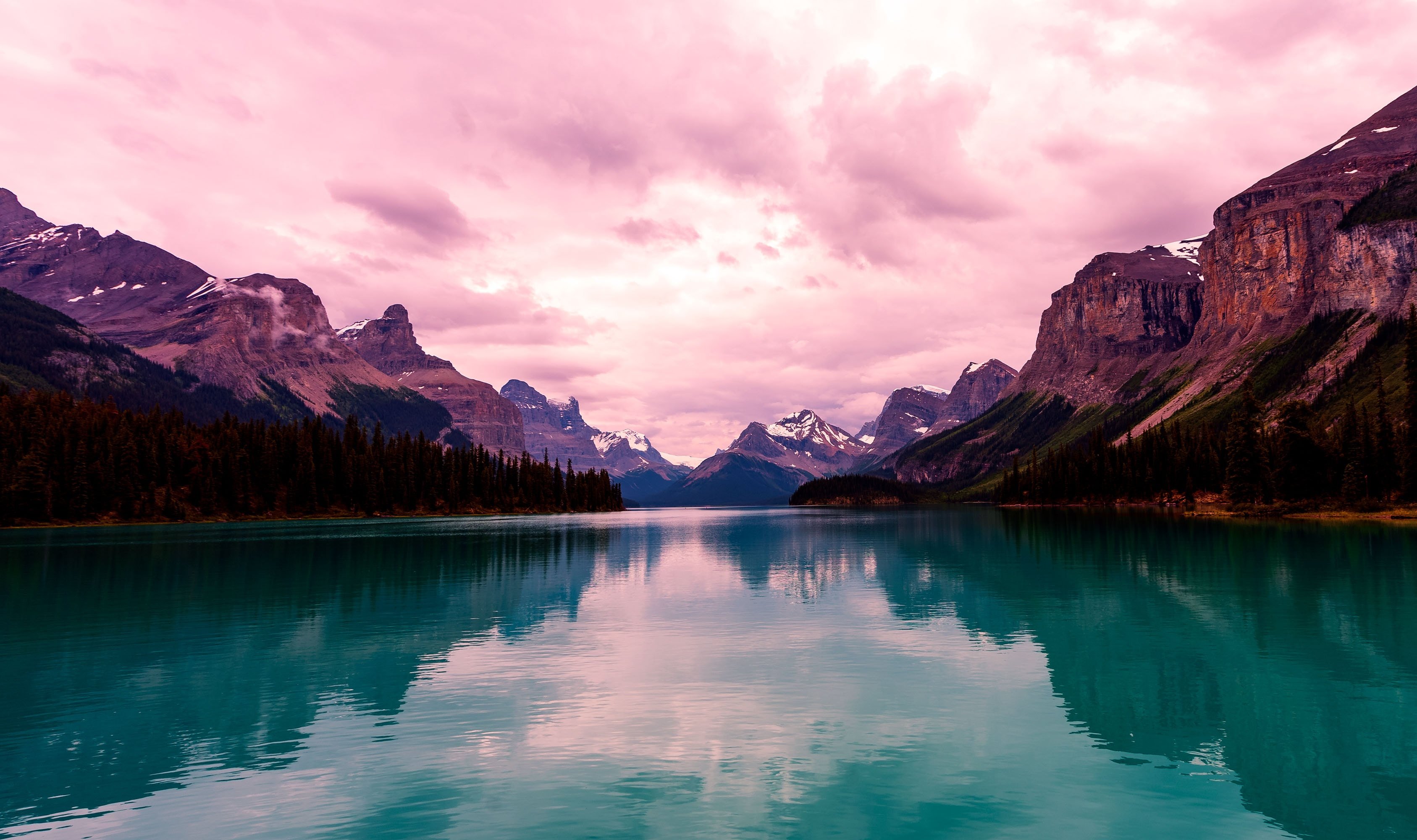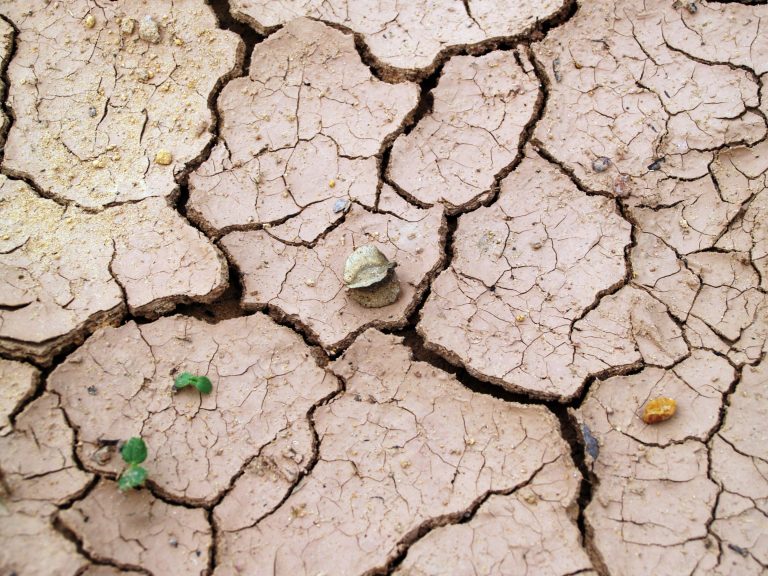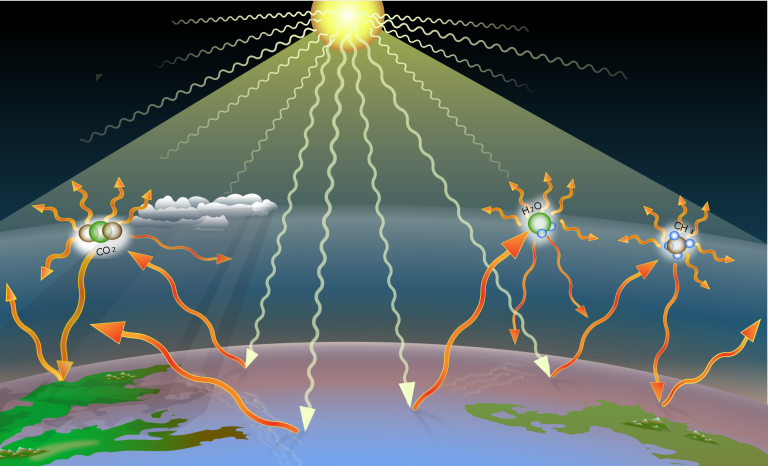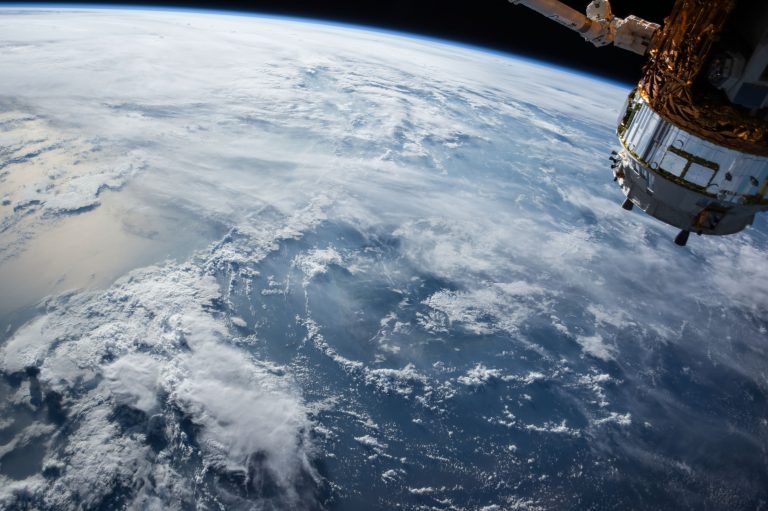What is the water cycle?
What is the water cycle?
The water cycle is the path that all water follows as it moves around Earth in different states. Liquid water is found in oceans, rivers, lakes, and even underground. Solid ice is found in glaciers, snow, and at the North and South Poles. Water vapor a gas is found in Earth’s atmosphere.
Image Source Nasa
The water cycle, also known as the hydrologic cycle or the hydrological cycle, describes the continuous movement of water on, above and below the surface of the Earth. The mass of water on Earth remains fairly constant over time but the partitioning of the water into the major reservoirs of ice, fresh water, saline water and atmospheric water is variable depending on a wide range of climatic variables.
The water moves from one reservoir to another, such as from river to ocean, or from the ocean to the atmosphere, by the physical processes of evaporation, condensation, precipitation, infiltration, surface runoff, and subsurface flow. In doing so, the water goes through different forms: liquid, solid (ice) and vapor.
Water distribution
For an estimated explanation of where Earth’s water exists, look at the chart below. By now, you know that the water cycle describes the movement of Earth’s water, so realize that the chart and table below represent the presence of Earth’s water at a single point in time. If you check back in a thousand or million years, no doubt these numbers will be different!
Notice how of the world’s total water supply of about 332.5 million cubic miles of water, over 96 percent is saline. And, of the total freshwater, over 68 percent is locked up in ice and glaciers. Another 30 percent of freshwater is in the ground.
Fresh surface-water sources, such as rivers and lakes, only constitute about 22,300 cubic miles (93,100 cubic kilometers), which is about 1/150th of one percent of total water. Yet, rivers and lakes are the sources of most of the water people use everyday.
What happens to the rain and snow that fall?
Around the world, each year, about 505,000 km3 (121,000 mi3) of water falls as rain, snow, and other types of precipitation.
86% of those raindrops and snowflakes come from the ocean where 434,000 km3 (104,000 mi3) of water evaporates into the atmosphere each year. Water eventually returns to the ocean as precipitation that falls directly into the sea and as precipitation that falls on land and flows to the ocean through rivers.
Less water evaporates over the land than falls onto land as precipitation. Evaporation of water from the land happens directly from lakes, puddles, and other surface water. Also, water also makes its way into the atmosphere via a process called transpiration in which plants release water into the air from their leaves that was pulled up from the soil through roots. Collectively, the water evaporated from the land and from plants is called evapotranspiration.
Also read about




![12 Best Telescopes for Kids in 2024 [Toddlers to Teens]](https://www.planetguide.net/wp-content/uploads/2019/12/Depositphotos_2254021_l-2015-768x512.jpg)
![12 Best Budget Telescopes in 2024 [Maximum Value for Money]](https://www.planetguide.net/wp-content/uploads/2019/12/refreactor-telescope-768x461.jpg)
